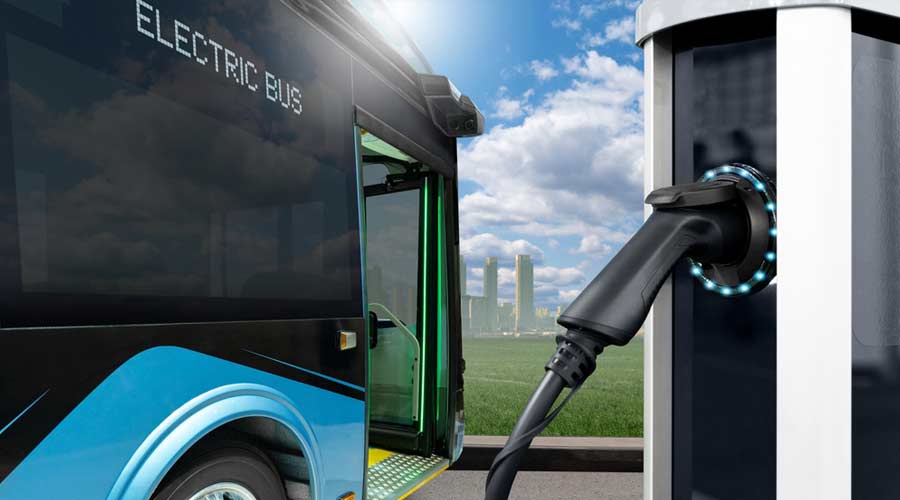New Solar Cell Breaks 40 Percent Efficiency Barrier
A new concentrator solar cell has achieved a sunlight-to-electricity conversion efficiency of 40.7 percent, a record in solar cell efficiency. The new cell, developed by the U.S. Department of Energy (DOE) and Spectrolab Inc., uses a multi-junction structure, in which several layers each capture part of the sunlight passing through the cell.
A new concentrator solar cell has achieved a sunlight-to-electricity conversion efficiency of 40.7 percent, a record in solar cell efficiency. The new cell, developed by the U.S. Department of Energy (DOE) and Spectrolab Inc., uses a multi-junction structure, in which several layers each capture part of the sunlight passing through the cell.
These layers allow the cell to capture more of the solar spectrum and convert it into electricity. The cell relies on an optical concentrator to focus sunlight onto the cell.
Researchers have been working toward the 40 percent barrier for the past two decades. In the 1980s, multi-junction solar cells achieved about 16 percent efficiency, and DOE's National Renewable Energy Laboratory broke the 30 percent barrier in 1994.
Today, most satellites use these multi-junction solar cells, and Spectrolab, a subsidiary of The Boeing Co., recently produced its two millionth solar cell using multi-junction technology. The new cell, developed with DOE funding, could lead to more affordable solar power systems here on Earth, costing as little as $3 per watt to install and producing electricity at a cost of 8 to 10 cents per kilowatt-hour.
See the press releases from the
DOE .
Related Topics:











